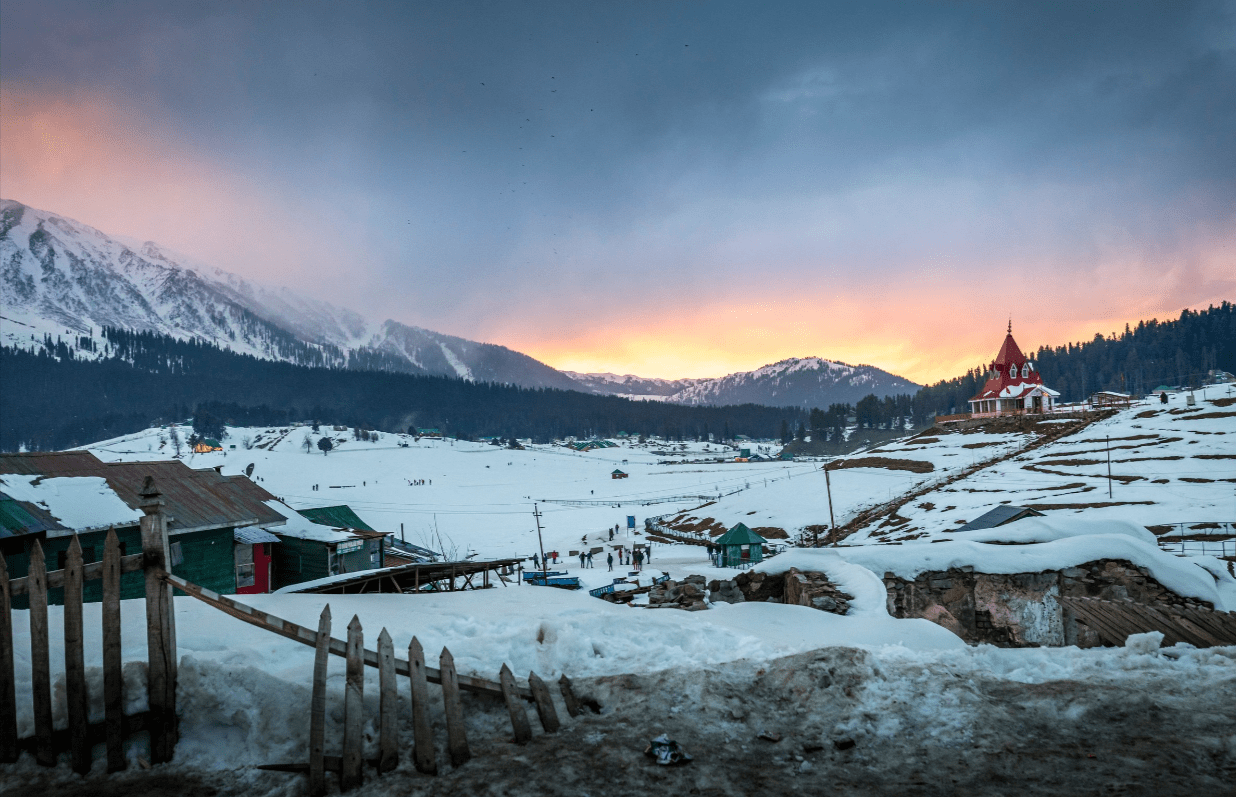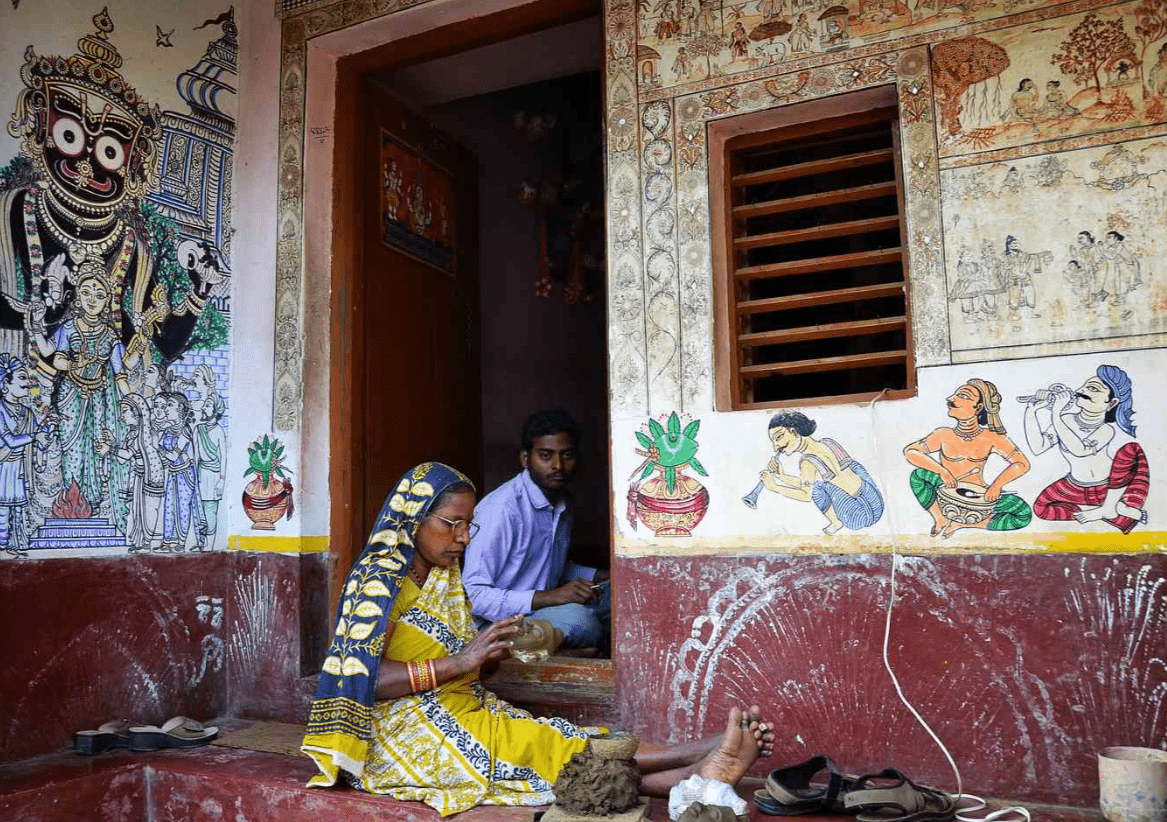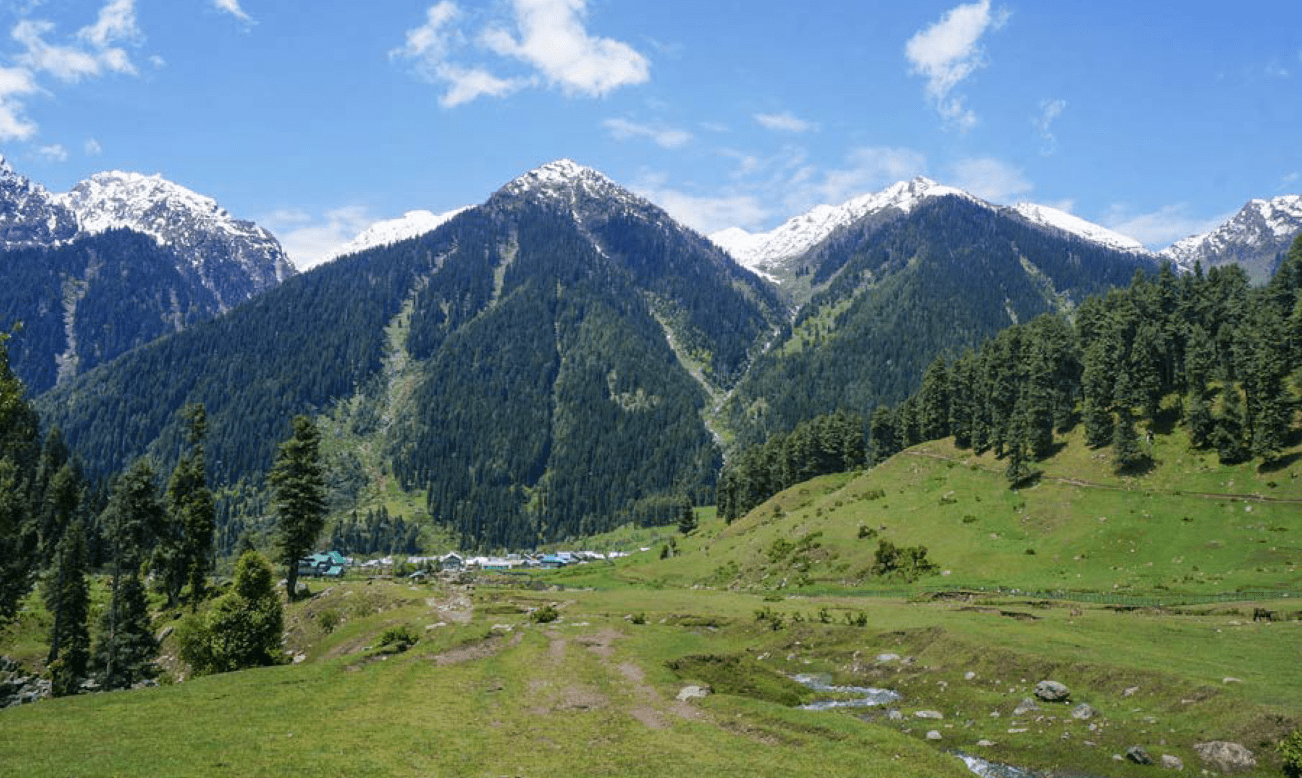When preparing for a trip to India, it’s important to pack the right essentials to ensure a comfortable and enjoyable experience. Firstly, it’s essential to pack lightweight and breathable clothing, as India’s climate can be quite hot and humid, especially during the summer months. Cotton and linen fabrics are ideal for staying cool and comfortable in the heat. Additionally, it’s important to pack modest clothing, especially for women, as India is a conservative country with certain dress codes in place, particularly when visiting religious sites. Scarves or shawls can also come in handy for covering up when necessary.
Another essential item to pack for India is a good pair of comfortable walking shoes. Whether you’re exploring bustling city streets or visiting historical sites, comfortable footwear is a must. It’s also a good idea to pack a small first aid kit with essentials such as band-aids, antiseptic cream, and any personal medications you may need. Sunscreen, sunglasses, and a wide-brimmed hat are also important to protect yourself from the strong Indian sun. Lastly, don’t forget to pack insect repellent, as mosquitoes can be prevalent in certain regions of India.
In addition to clothing and personal items, it’s important to pack certain travel essentials such as a universal adapter for electronics, as well as a portable charger to keep your devices powered up while on the go. A lightweight and versatile daypack is also useful for carrying essentials during day trips and excursions. Lastly, it’s a good idea to pack a reusable water bottle and water purification tablets to stay hydrated while reducing plastic waste. By packing these essential items, you’ll be well-prepared for your travels in India.
Key Takeaways
- Pack lightweight and breathable clothing, comfortable walking shoes, sunscreen, insect repellent, and a reusable water bottle for your trip to India.
- Respect local customs by dressing modestly, removing shoes before entering temples or homes, and using your right hand for eating and greeting others.
- Take necessary health precautions such as getting vaccinated, drinking bottled water, and carrying a basic first aid kit.
- Use reputable transportation options such as pre-booked taxis or trusted car rental services to navigate India’s busy and diverse roadways.
- Exchange currency at authorized outlets and inform your bank of your travel plans to avoid any issues with using your credit or debit cards in India.
- Purchase a local SIM card for your phone and download useful apps for navigation and translation to stay connected during your travels in India.
- Explore iconic destinations like the Taj Mahal, Jaipur’s Amber Fort, Kerala’s backwaters, and the beaches of Goa to experience the rich cultural and natural diversity of India.
Cultural Etiquette and Customs
India is a country rich in culture and traditions, and it’s important to be mindful of certain cultural etiquette and customs when visiting. Firstly, it’s important to greet people with respect, using the traditional Indian greeting “Namaste” with your hands pressed together in front of your chest. When visiting religious sites or entering someone’s home, it’s customary to remove your shoes as a sign of respect. Additionally, it’s important to dress modestly when visiting religious sites, covering your shoulders and knees.
In Indian culture, the left hand is considered unclean, so it’s important to use your right hand for eating, giving and receiving items, and gesturing. When dining with locals, it’s polite to wait for the host or eldest person to begin eating before you start. It’s also customary to eat with your fingers in some regions of India, so it’s important to observe and follow local customs when dining. When visiting temples or other religious sites, it’s important to be mindful of photography restrictions and to ask for permission before taking photos of people.
Lastly, it’s important to be mindful of public displays of affection, as these are generally not common or accepted in Indian culture. It’s also important to be respectful of local customs and traditions, such as not pointing your feet at people or religious objects. By being mindful of these cultural etiquette and customs, you’ll show respect for the local culture and make a positive impression during your travels in India.
Health and Safety Precautions
When traveling to India, it’s important to take certain health and safety precautions to ensure a safe and enjoyable trip. Firstly, it’s essential to stay up to date on routine vaccinations before traveling to India. Additionally, depending on the regions you plan to visit, you may need vaccinations for diseases such as hepatitis A and B, typhoid, and rabies. It’s important to consult with a healthcare professional well in advance of your trip to ensure you have the necessary vaccinations and medications.
In terms of food and water safety, it’s important to only drink bottled or purified water and avoid consuming raw fruits and vegetables that may have been washed in tap water. It’s also important to be cautious when dining at street food stalls and to choose restaurants with good hygiene practices. In terms of personal safety, it’s important to be mindful of your belongings and avoid displaying expensive items such as jewelry or electronics in public. It’s also advisable to use reputable transportation services and avoid traveling alone at night in unfamiliar areas.
In terms of health insurance, it’s important to ensure that you have comprehensive travel insurance that covers medical expenses and emergency evacuation in case of illness or injury. It’s also advisable to carry a basic first aid kit with essentials such as band-aids, antiseptic cream, and any personal medications you may need. By taking these health and safety precautions, you’ll be better prepared for any potential health or safety concerns during your travels in India.
Transportation Tips
| Transportation Tips |
|---|
| 1. Plan your route in advance to avoid traffic |
| 2. Use public transportation to reduce carbon footprint |
| 3. Check for any travel alerts or road closures |
| 4. Carpool with friends or colleagues to save on gas |
| 5. Consider walking or biking for short distances |
Navigating transportation in India can be an adventure in itself, but with the right tips and information, you can make the most of your travels. Firstly, India has an extensive railway network that connects major cities and regions across the country. Booking train tickets in advance is advisable, especially for long-distance journeys, as trains can fill up quickly. It’s also important to be mindful of different classes of train travel, from basic sleeper class to more luxurious air-conditioned classes.
In addition to trains, India also has a well-developed bus network that connects cities and towns across the country. However, bus travel can be quite crowded and chaotic at times, so it’s important to be prepared for a lively experience. Another popular mode of transportation in India is auto-rickshaws, which are three-wheeled vehicles that are commonly used for short journeys within cities. It’s important to negotiate the fare with the driver before starting your journey.
For longer journeys between cities, domestic flights are a convenient option, with several airlines offering regular flights between major cities. It’s important to book flights in advance to secure the best fares and availability. In major cities such as Delhi and Mumbai, metro systems provide efficient and affordable transportation around the city. Taxis and ride-sharing services are also widely available in urban areas.
Lastly, it’s important to be mindful of traffic conditions and road safety when traveling by car or motorcycle in India. Traffic can be chaotic at times, so it’s important to exercise caution and patience when navigating busy streets. By being aware of the various transportation options and tips for getting around in India, you’ll be better prepared for a smooth and enjoyable travel experience.
Money and Currency Exchange
When traveling to India, it’s important to be aware of the local currency and have a basic understanding of money matters. The official currency of India is the Indian Rupee (INR), which is available in various denominations of notes and coins. It’s advisable to exchange currency at authorized exchange offices or banks upon arrival in India to ensure you receive a fair exchange rate.
In major cities and tourist areas, ATMs are widely available, providing a convenient way to withdraw cash in the local currency. However, it’s important to be mindful of ATM fees and potential foreign transaction fees from your home bank. Credit cards are also widely accepted in hotels, restaurants, and larger stores in urban areas, but it’s advisable to carry cash for smaller purchases and when visiting more remote regions.
When exchanging money or making purchases in India, it’s important to be mindful of counterfeit currency and scams. It’s advisable to familiarize yourself with the appearance of genuine Indian currency and to only exchange money at reputable establishments. Additionally, it’s important to keep an eye on your belongings when using ATMs or making purchases to avoid potential theft or fraud.
Lastly, it’s important to inform your home bank of your travel plans before departing for India to avoid any issues with using your credit or debit cards abroad. By being aware of the local currency and money matters in India, you’ll be better prepared for managing your finances during your travels.
Communication and Connectivity

Staying connected while traveling in India is essential for staying in touch with loved ones and accessing important information. In major cities and tourist areas, you’ll find good connectivity with mobile networks providing voice and data services. It’s advisable to purchase a local SIM card upon arrival in India to access affordable mobile services during your stay.
When purchasing a SIM card in India, you’ll need to provide a copy of your passport and visa as part of the registration process. It’s important to choose a reputable service provider with good coverage in the areas you plan to visit. Additionally, many hotels, restaurants, and cafes offer free Wi-Fi access for patrons, providing another way to stay connected while on the go.
In terms of communication etiquette, it’s important to be mindful of cultural differences when interacting with locals. English is widely spoken in urban areas and tourist destinations, but learning a few basic phrases in Hindi or the local language can go a long way in making connections with people. It’s also important to be respectful when taking photos of people or asking for permission before capturing moments with locals.
Lastly, it’s important to be mindful of cybersecurity when using public Wi-Fi networks or accessing online services in India. Using a virtual private network (VPN) can help protect your personal information from potential security threats while using public Wi-Fi networks. By being aware of communication options and etiquette in India, you’ll be better prepared for staying connected during your travels.
Must-See Destinations in India
India is a vast and diverse country with an abundance of must-see destinations that cater to every type of traveler. One of the most iconic destinations in India is the Taj Mahal in Agra, a stunning white marble mausoleum that is considered one of the New Seven Wonders of the World. The city of Jaipur in Rajasthan is known for its vibrant culture and historical landmarks such as the Amer Fort and Hawa Mahal. The backwaters of Kerala offer a serene escape with picturesque landscapes and traditional houseboat cruises.
For nature enthusiasts, the Himalayan region offers breathtaking landscapes with opportunities for trekking and exploring remote mountain villages. The city of Varanasi is one of the oldest inhabited cities in the world and is known for its spiritual significance along the banks of the Ganges River. The vibrant city of Mumbai offers a mix of colonial architecture, bustling markets, and a thriving arts scene.
In southern India, the temple town of Hampi is a UNESCO World Heritage Site with ancient ruins that date back centuries. The coastal state of Goa is known for its beautiful beaches, Portuguese colonial architecture, and vibrant nightlife scene. The city of Udaipur in Rajasthan is famous for its picturesque lakeside palaces and romantic ambiance.
Lastly, the state of Rajasthan offers a wealth of cultural experiences with its colorful festivals, traditional music and dance performances, and ornate palaces such as the City Palace in Udaipur and the Mehrangarh Fort in Jodhpur. With so many must-see destinations across India, there’s something for every traveler seeking adventure, culture, history, or natural beauty.
FAQs
What are the visa requirements for traveling to India?
Most foreign nationals require a visa to enter India. The type of visa needed depends on the purpose of the visit, such as tourism, business, or medical treatment. It is recommended to check the official website of the Indian embassy or consulate in your country for the most up-to-date information on visa requirements.
What are the essential items to pack for a trip to India?
Some essential items to pack for a trip to India include comfortable clothing suitable for the climate, sunscreen, insect repellent, any necessary medications, a universal adapter for electrical outlets, and a copy of important documents such as passport and travel insurance.
What are some cultural customs and etiquette to be aware of in India?
It is important to be respectful of Indian customs and etiquette. This may include dressing modestly, removing shoes before entering a home or place of worship, and using the right hand for eating and greeting others. It is also customary to greet others with a “namaste” and to avoid public displays of affection.
What are some safety tips for traveling in India?
Some safety tips for traveling in India include being cautious of scams and touts, avoiding drinking tap water, only eating food from reputable establishments, and being mindful of personal belongings in crowded areas. It is also advisable to research and be aware of any potential health or safety risks in specific regions of India.
What are the transportation options for getting around in India?
Transportation options in India include domestic flights, trains, buses, and taxis. It is important to book transportation in advance, especially during peak travel seasons. It is also recommended to use reputable transportation companies and to be cautious of unauthorized or unregistered transportation services.


